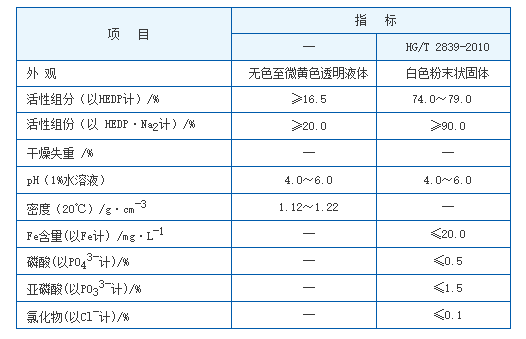poly aluminium chloride for water treatment
Poly Aluminium Chloride for Water Treatment An Overview
Water treatment is a critical process that ensures clean and safe drinking water for communities worldwide. One of the most effective chemical agents used in this process is Poly Aluminium Chloride (PAC). This compound has gained popularity due to its efficiency and versatility in treating various types of water, including drinking water, wastewater, and industrial effluents.
What is Poly Aluminium Chloride (PAC)?
Poly Aluminium Chloride is a coagulant that is synthesized by polymerizing aluminum chloride. It consists of a mixture of aluminum hydroxide and aluminum chloride, which stabilizes the compound and improves its performance in water treatment applications. The chemical formula can be denoted as Al2(OH)nCl6-n, where n varies, showcasing the varying degrees of polymerization which influence its properties.
PAC is available in both liquid and solid forms, making it convenient for different applications. In its liquid form, PAC is often preferred for its ease of use, while the solid form is favored for bulk applications. Its use in the water treatment process is primarily due to its ability to rapidly destabilize and aggregate suspended particles, facilitating their removal from water.
Mechanism of Action
The effectiveness of PAC in water treatment lies in its dual mechanism of coagulation and flocculation. When added to water, PAC dissociates, releasing aluminum ions that neutralize the electric charges of suspended particles. This destabilization leads to the formation of micro-flocs, which gradually aggregate to form larger flocs. These larger particles can then be easily removed through sedimentation or filtration.
One of the key advantages of PAC over traditional coagulants, such as aluminum sulfate (alum), is its enhanced performance at a lower dosage. PAC operates effectively across a wide pH range, typically between 5 and 9, allowing for greater flexibility in various water treatment scenarios.
Applications in Water Treatment
The use of Poly Aluminium Chloride spans across several sectors
poly aluminium chloride for water treatment

1. Drinking Water Treatment PAC is widely used in municipal water treatment plants to ensure the safety and quality of drinking water. It effectively removes turbidity, color, and organic matter, making water visually clear and safe for consumption.
2. Wastewater Treatment In industrial settings, PAC is employed to treat wastewater before it is released into the environment. Its ability to remove heavy metals, phosphates, and other pollutants makes it an essential component in achieving compliance with environmental regulations.
3. Paper and Pulp Industry PAC is utilized in the paper manufacturing process to enhance fiber retention and improve the quality of the final product.
4. Textile Industry It serves as an effective coagulant during the dyeing process, ensuring that excess dyes and chemicals are removed before wastewater discharge.
Environmental and Economic Benefits
In addition to its effectiveness, PAC is considered to be more environmentally friendly compared to other coagulants. It generates less sludge, leading to reduced disposal costs. The lower dosage requirements mean that less chemical is needed, which can translate into substantial cost savings for water treatment facilities.
Moreover, PAC has gained attention for its biodegradability, reducing the potential impact of residual chemicals in treated water on aquatic ecosystems.
Conclusion
Poly Aluminium Chloride is a vital chemical in the field of water treatment, recognized for its efficiency, versatility, and environmental advantages. As water scarcity and pollution remain pressing global issues, the demand for effective treatment solutions like PAC is likely to grow. Its ability to deliver clean, safe, and aesthetic water makes it an indispensable tool for water purification in modern society. By continuing to improve water treatment processes, we can work towards a sustainable future where access to clean water is guaranteed for all.
-
2-Phosphonobutane-1,2,4-Tricarboxylic Acid: Scale & CorrosionNewsAug.29,2025
-
Premium Isothiazolinones | Broad-Spectrum Biocidal SolutionsNewsAug.28,2025
-
LK-319 Special Scale And Corrosion Inhibitor For Steel Plants: Advanced Solutions for Industrial Water SystemsNewsAug.22,2025
-
Flocculant Water Treatment: Essential Chemical Solutions for Purification ProcessesNewsAug.22,2025
-
Isothiazolinones: Versatile Microbial Control Agents for Industrial and Consumer ApplicationsNewsAug.22,2025
-
Scale Inhibitor: Key Solutions for Water System Scale PreventionNewsAug.22,2025





